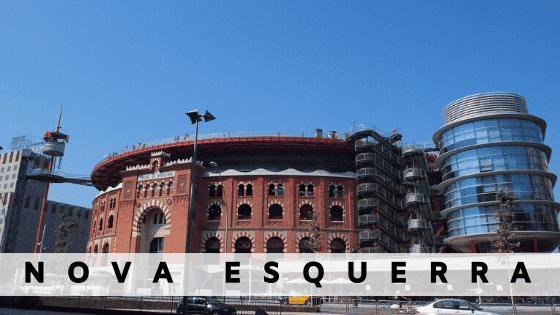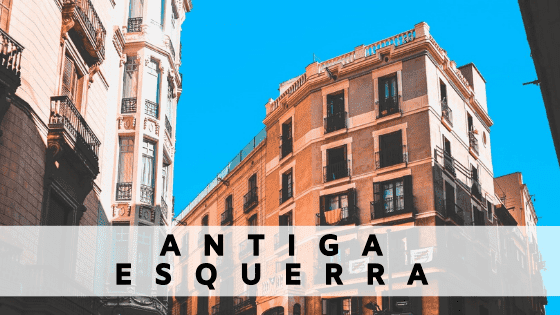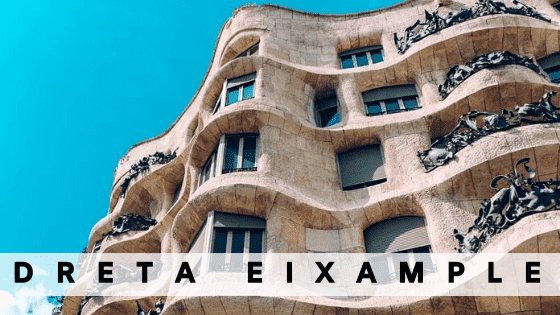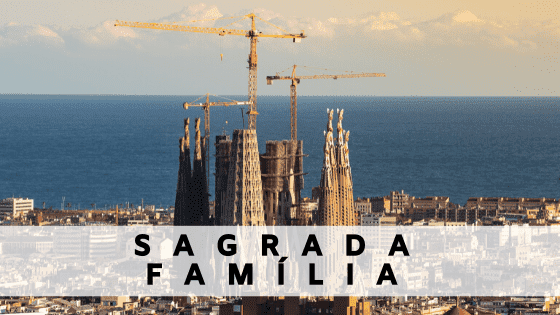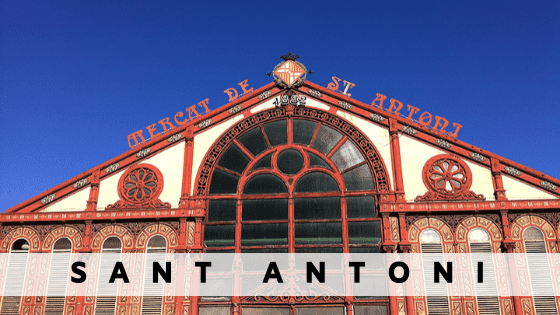Why rent an apartment in the neighbourhood of El Fort Pienc, Barcelona?
The neighbourhood of El Fort Pienc is one of six neighbourhoods that make up the large district of l'Eixample. It is a quiet neighbourhood, suitable for families and full of grocery stores, supermarkets, schools, institutes and health centers. Basically, its population consists mostly of families, although there is also a higher rate of young people living in this area of Barcelona, compared to the rest of the district. One of the reasons might be, that the prices of apartments are not extravagantly expensive, in relation to other areas of the Ensanche, such as the Dreta de l'Eixample or l'Antiga Esquerra de l'Eixample, especially when you take into account, that it is still one of the most exclusive areas of Barcelona. If you are looking for a family neighbourhood, or a place to start your family soon, the neighbourhood of El Fort Pienc is an excellent alternative.
Discover the neighbourhood of El Fort Pienc with ShBarcelona
In the beginning, the neighbourhood of El Fort Pienc was an area defined by fortifications, erected by Felipe V to guard the city. The constructions did not have much use though, and later in 1861, these fortified elements were demolished to build a railway station that united Barcelona with the capital of Segrià, Lleida. The neoclassical buildings are part of the current constructions of one of the most important bus stations in Barcelona, the Station del Norte. They are joined by an impressive iron dome, which is the hallmark of this building. For different reasons, the train station and the tracks were eliminated and it became the reference bus station of the Ciudad Condal. Subsequently, the neighbourhood underwent an important transformation, adding a large urban park next to the station, a market, homes for the elderly, kindergartens and a library. It became an ideal neighbourhood for families, with many public services to facilitate their daily life. The buildings in this area of Barcelona, like most of the Eixample apartments, are large, with high and elegant ceilings. The stairs are usually also wide and the apartments generally have wooden entrance doors. The floors of the apartments have beautiful decorative motifs, if they have been preserved. The apartments are usually bright and ground floor apartments mostly have a nice terrace, that looks on the interior area of the wide apartment blocks.
What to see in El Fort Pienc, Barcelona
The most important roads of the neighbourhood are Avinguda Meridiana, a large artery that is one of the entrances and exits to the city of Barcelona, and the Plaza de las Gloriès Catalanes, a large square in full restructuring condition, annexed to the most technological part of Barcelona, 22@. It is also important to see the Passeig de Sant Joan, a large avenue with a central boulevard full of playgrounds and benches. It is the ideal place for children to have fun and for the elderly to have a walk. The Gran Via is another central artery of Barcelona. It comprises of various restaurants, shops of all kinds and grand, spacious and bright buildings.

